Advice on getting extra help for autumn block-calving
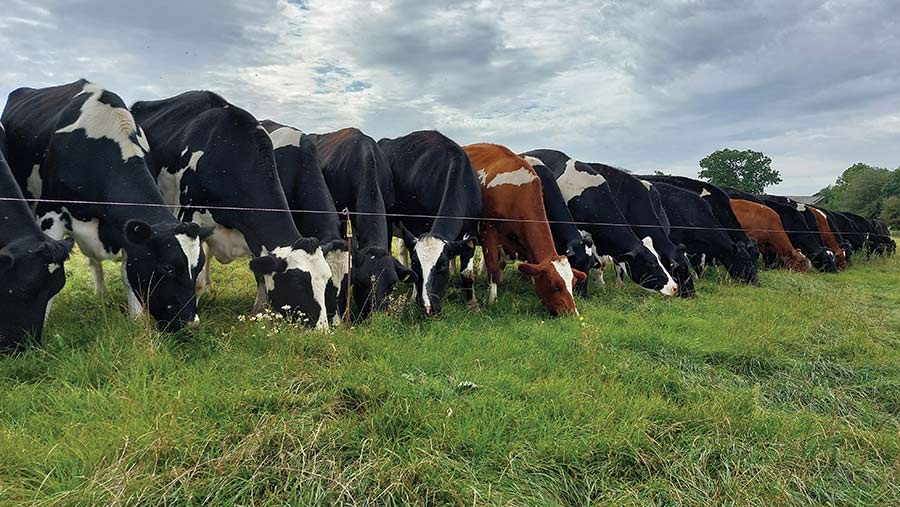 © MAG/Shirley Macmillan
© MAG/Shirley Macmillan An intense workload at calving, combined with a winter routine, often creates a temporary labour gap in an autumn block-calving herd. One extra person – sometimes only a half – is required, but for just 12 weeks.
Given the scale and speed of a block-calving system, a lack of experienced labour can magnify any problems, and key targets and efficiencies can be missed.
See also: Getting into dairy farming: Options for new entrants
But finding that short-term, specialist labour can be easier said than done, says Ian Browne, from the Farm Consultancy Group.
He thinks business owners should think creatively to fill the gap and make sure the business can afford good labour.
Furthermore, because an established autumn block-calving is a known event, it needs to be underpinned by good planning and organising.
“It is a game of logistics and attention to detail. You are going in under pressure, and if it’s not set up right, it bites you.
“As the owner or manager, you have to be able to change gear, know what’s a priority job and instil that in other people. The key is to try to free yourself from routine work,” he says.
The number of extra staff needed for the first 12 weeks of a block depends on a farm’s facilities and infrastructure.
Unfortunately, there is no set ratio of staff numbers to herd size, says Ian.
“Scale can help though. If you have a lot of calves, for instance, you can have a dedicated team looking after them, without pulling people away from other farm jobs,” he adds.
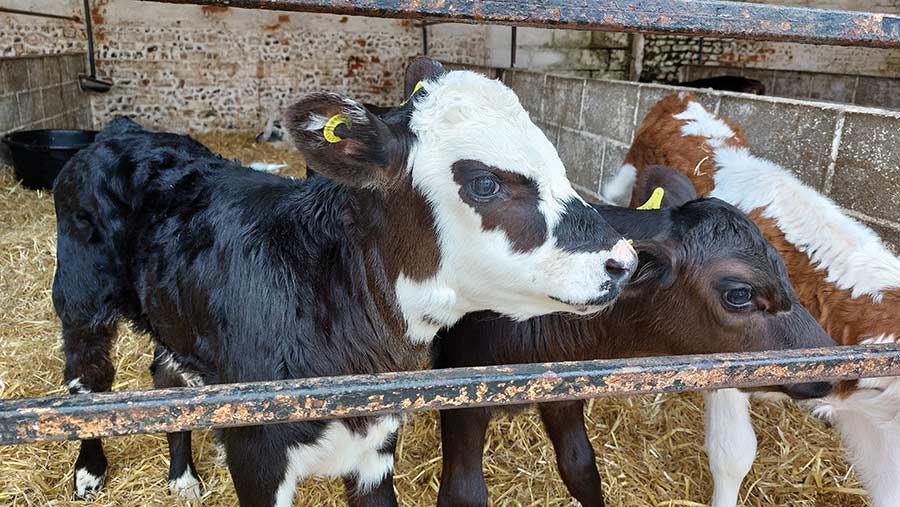
© MAG/Shirley Macmillan
Dangers of understaffing
With good dairy staff in short supply, some farms may be tempted to carry on with just the regular team, but once people become overstretched, things soon go wrong.
“If calves are not getting a good start, disease comes in. If you’re not on top of the cows, you risk missing milk fever or mastitis.
“Everyone has to have time to do their jobs properly and catch up on their sleep. Lacking labour means things don’t get done and you are forever chasing your tail,” says Ian.
Skilled staff need to take care of the important tasks: calving, colostrum management and first milkings.
Feeding and scraping out can be done by others, he advises. He also suggests simplifying jobs that can be carried out in one hit, such as getting the vet to dehorn all calves at once or having calves contract-reared.
The most important thing, Ian says, is to make sure everything is ready for calving: “Drugs on hand; everyone knows what to do and where to go.
“You need enough clean calf pens set up, sufficient bedding, milk powder ordered and concentrates bought.”
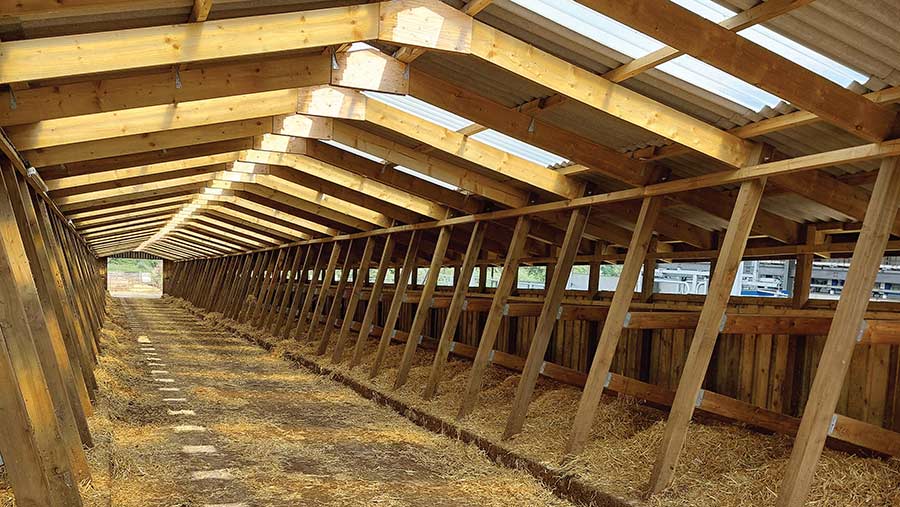
© MAG/ Shirley Macmillan
Preparation and monitoring
Ideally, relief workers are best employed three to four weeks ahead of calving to go through an induction process.
In this way, they get to know the farm and what is being asked of them, as well as being trained so they hit the ground running.
Ian points out that it is the owner’s job to keep staff motivated and make sure that every job is covered.
It is also their responsibility to know if everyone is coping with the pressure.
“Treat people as you would like to be treated and remember that young people can’t work as long and hard as we’d like. Regular breaks make more productive workers,” he says.
He advises setting protocols, particularly for new or inexperienced staff, and holding regular meetings to ensure everyone knows what the priorities are.
This is especially important during the first eight weeks of the calving block, when most of the annual pressure occurs.
“Review the season at the end of calving with the whole team, while it’s still fresh for them. Cover what went well, what went wrong and what labour gaps need to be filled for next time.
“Record this and use it to plan for next year. Use your resources to best advantage,” he says.
Options for filling the labour gap
- Family For consistency, people need to be employed full time for the whole block, not on a casual basis
- Contractors Can supply labour for half a day for a machinery-operated job, such as feeding or bedding up
- Share a labour unit with another farm This works in split-block businesses, although it is best for calf rearing (it would be unfair to expect someone to do two lots of calvings)
- Self-employed The obvious choice, but it needs to be used in the right place – for example, as a relief milker to release a good stockman for calving
- Students The most useful veterinary students are those who have worked on farms before. The agricultural ones with the most to offer tend to be from New Zealand or Ireland, with block-calving experience. Offer an attractive package to get the right student, including accommodation, hot meals and a good shower. Pay well and look after them
Case study: John Gill, Coston Hall Farm, Norfolk
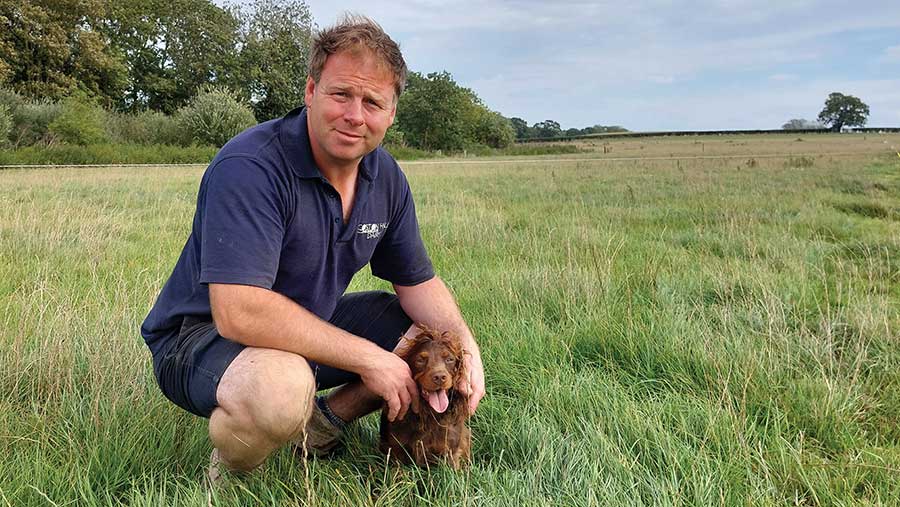
John Gill © MAG/Shirley Macmillan
Half a labour unit is needed to support John Gill and his two full-time staff through the first three weeks of calving at Coston Hall Farm, near Norwich.
With some flighty heifers calving this year, John says he needs experienced help in the parlour and prefers the extra relief to help with calving, colostrum management and youngstock.
“Vet students are crucial because they are good for this. We can’t milk and sort dry cows, collect cows and calves, and do calves properly,” he says.
Coston Hall farm facts
- Calving 232 cross-bred cows and 96 heifers this year
- Farms 268ha, including 40ha maize, 49ha grass silage, 108ha low-input parkland and marsh grazing
- 7,300 litres at 4.6% fat and 3.5% protein
- Beef calves sold privately at two to three weeks old
- Calving started on 1 September for 12 weeks
- Grazing turnout was on 2 February 2023
- Housing was on 14 November 2022
- Self-feed silage in winter
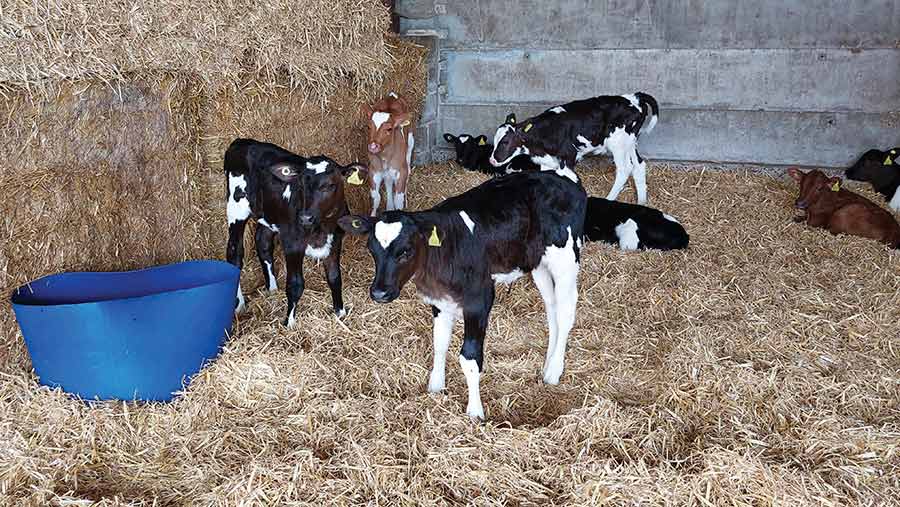
© MAG/Shirley Macmillan
Calving started on 1 September this year, with 50% of cows plus 70% of heifers calved in the first three weeks.
John’s busiest day had 13 calvings, which he admits is not many by large-herd standards.
“But a calf eats up half an hour by the time you have checked it, warmed the colostrum, fed it and written it down.
“If we have 10 calves born a day, that’s five hours of your day,” he says, adding that when pushed for time, it is hard to get all those tasks done.”
John thinks block-calving is a great opportunity for vet students to gain hands-on experience.
However, he believes it is important to look after them.
“Vet students aren’t just a source of cheap labour. You have to treat people with respect and make it enjoyable, not treat them like slaves. Also spend time with them, talk to them and show them things,” he says.
“They need experience of the farm and the business, and the practicalities of how to move a cow on your own, or bottle-feed a calf correctly.
“We do things every day [without thinking] and need to pass on that knowledge, such as how to inseminate a cow or inject a calf.”
